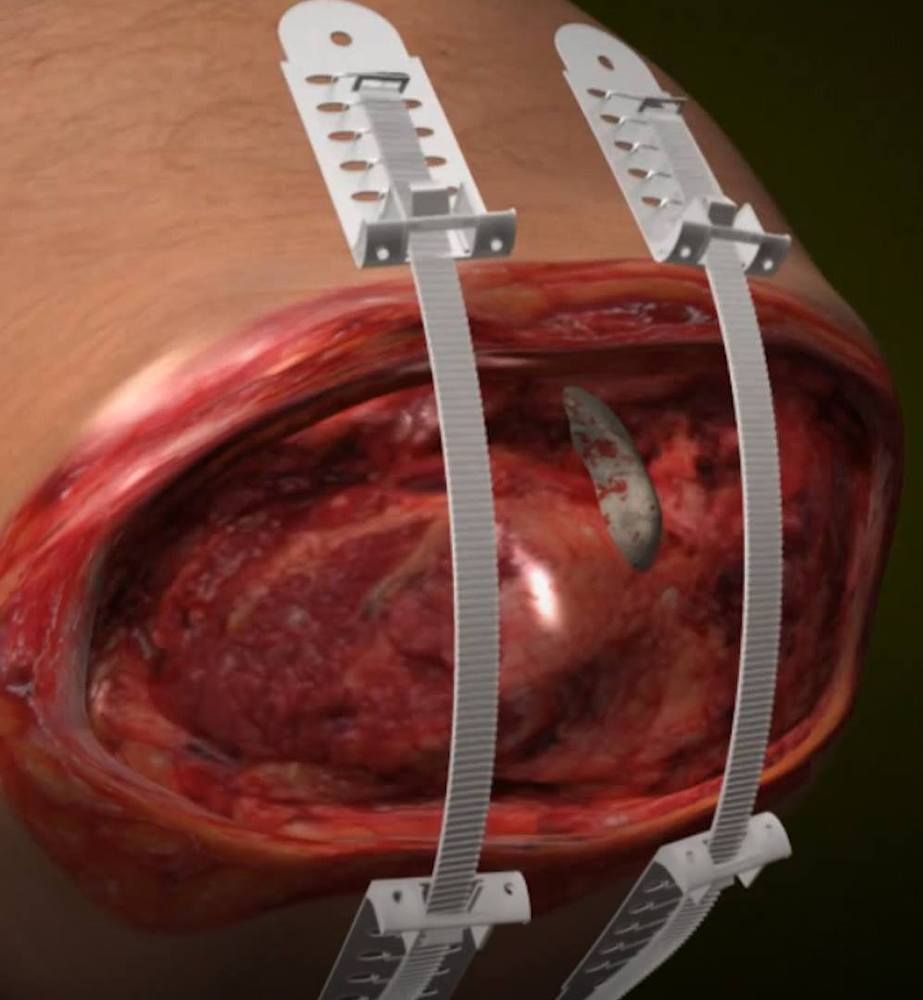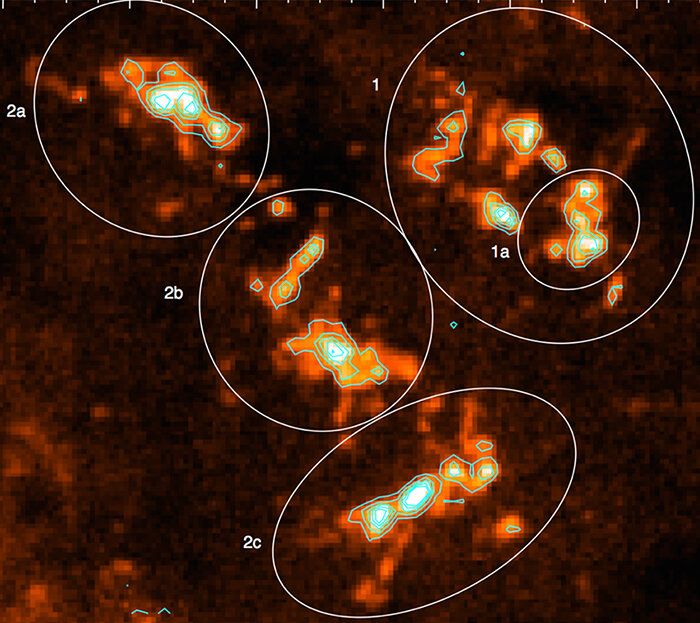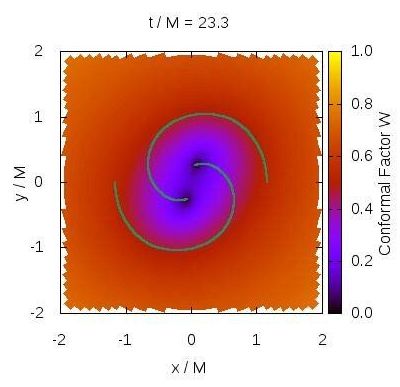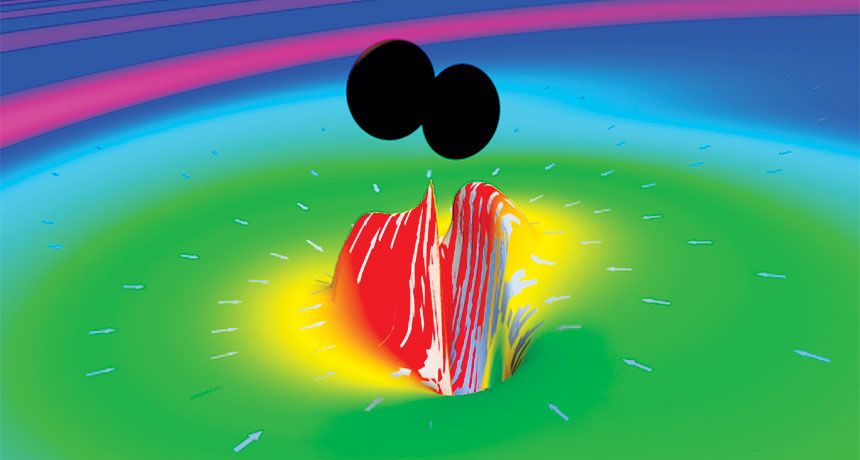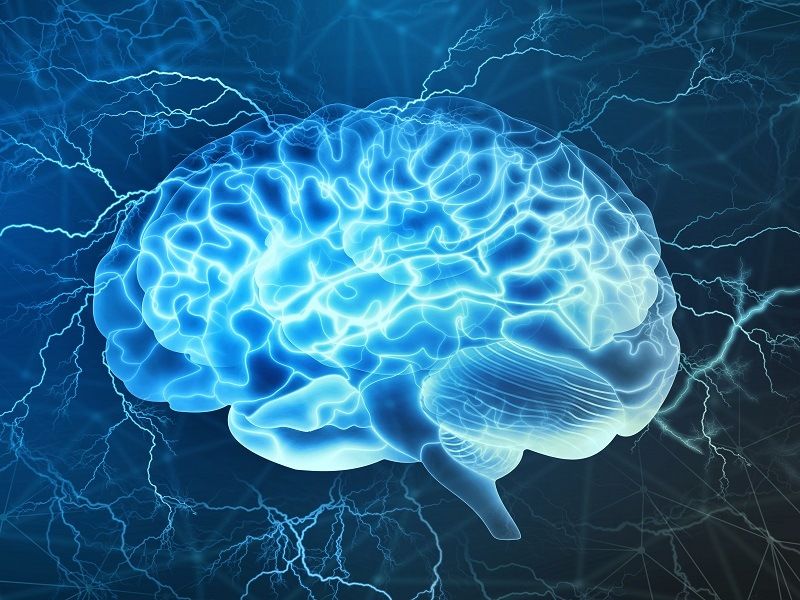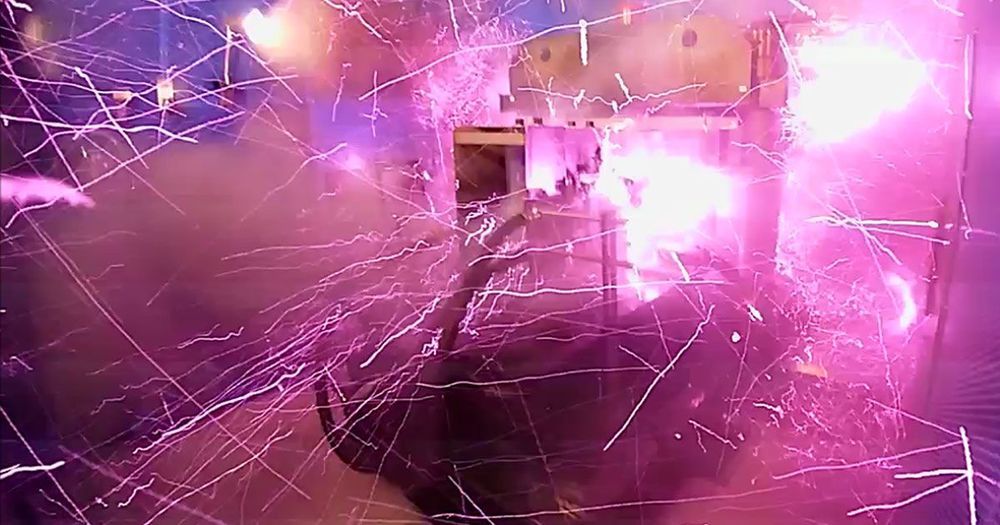Page 8942
Apr 15, 2019
Astronomers take first, high-resolution look at huge star-forming region of Milky Way
Posted by Quinn Sena in categories: particle physics, space
Astronomers from the United States and South Korea have made the first high-resolution, radio telescope observations of the molecular clouds within a massive star-forming region of the outer Milky Way.
“This region is behind a nearby cloud of dust and gas,” said Charles Kerton, an associate professor of physics and astronomy at Iowa State University and a member of the study team. “The cloud blocks the light and so we have to use infrared or radio observations to study it.”
The Milky Way region is called CTB 102. It’s about 14,000 light years from Earth. It’s classified as an HII region, meaning it contains clouds of ionized—charged—hydrogen atoms. And, because of its distance from Earth and the dust and gas in between, it has been difficult to study.
Apr 15, 2019
DIY gravitational waves with ‘BlackHoles@Home’
Posted by Quinn Sena in categories: computing, cosmology, physics
Researchers hoping to better interpret data from the detection of gravitational waves generated by the collision of binary black holes are turning to the public for help.
West Virginia University assistant professor Zachariah Etienne is leading what will soon become a global volunteer computing effort. The public will be invited to lend their own computers to help the scientific community unlock the secrets contained in gravitational waves observed when black holes smash together.
LIGO’s first detection of gravitational waves from colliding black holes in 2015 opened a new window on the universe, enabling scientists to observe cosmic events spanning billions of years and to better understand the makeup of the Universe. For many scientists, the discovery also fueled expansion of efforts to more thoroughly test the theories that help explain how the universe works—with a particular focus on inferring as much information as possible about the black holes prior to their collision.
Continue reading “DIY gravitational waves with ‘BlackHoles@Home’” »
Apr 15, 2019
Black hole smashup generated yottawatts of power
Posted by Quinn Sena in category: cosmology
For a split second, LIGO’s black hole collision generated 36 septillion yottawatts of power, or 50 times the power from all the stars in the universe.
Apr 15, 2019
Scientists propose putting nanobots in our bodies to create ‘global superbrain’
Posted by Quinn Sena in categories: biotech/medical, internet, nanotechnology, robotics/AI
A team has proposed using nanobots to create the ‘internet of thoughts’, where instant knowledge could be downloaded just by thinking it.
An international team of scientists led by members of UC Berkeley and the US Institute for Molecular Manufacturing predicts that exponential progress in nanotechnology, nanomedicine, artificial intelligence (AI) and computation will lead this century to the development of a human ‘brain-cloud interface’ (B-CI).
Writing in Frontiers in Neuroscience, the team said that a B-CI would connect neurons and synapses in the brain to vast cloud computing networks in real time.
Continue reading “Scientists propose putting nanobots in our bodies to create ‘global superbrain’” »
Apr 15, 2019
The discrete-time physics hiding inside our continuous-time world
Posted by Quinn Sena in categories: evolution, finance, physics, space
Scientists believe that time is continuous, not discrete—roughly speaking, they believe that it does not progress in “chunks,” but rather “flows,” smoothly and continuously. So they often model the dynamics of physical systems as continuous-time “Markov processes,” named after mathematician Andrey Markov. Indeed, scientists have used these processes to investigate a range of real-world processes from folding proteins, to evolving ecosystems, to shifting financial markets, with astonishing success.
However, invariably a scientist can only observe the state of a system at discrete times, separated by some gap, rather than continually. For example, a stock market analyst might repeatedly observe how the state of the market at the beginning of one day is related to the state of the market at the beginning of the next day, building up a conditional probability distribution of what the state of the second day is given the state at the first day.
In a pair of papers, one appearing in this week’s Nature Communications and one appearing recently in the New Journal of Physics, physicists at the Santa Fe Institute and MIT have shown that in order for such two–time dynamics over a set of “visible states” to arise from a continuous-time Markov process, that Markov process must actually unfold over a larger space, one that includes hidden states in addition to the visible ones. They further prove that the evolution between such a pair of times must proceed in a finite number of “hidden timesteps”, subdividing the interval between those two times. (Strictly speaking, this proof holds whenever that evolution from the earlier time to the later time is noise-free—see paper for technical details.)
Continue reading “The discrete-time physics hiding inside our continuous-time world” »
Apr 15, 2019
Magnetic Field Record Set With a Bang: 1,200 Tesla
Posted by Quinn Sena in categories: biotech/medical, nanotechnology
Apr 15, 2019
What Would it Take for a Yottawatt Civilization
Posted by Quinn Sena in category: futurism
Apr 15, 2019
Diabetes drug may prevent, slow kidney disease, study finds
Posted by Paul Battista in category: biotech/medical
Invokana, a drug that’s used to help control blood sugar in people with diabetes, may also help thousands of people who require dialysis.
A patient undergoes dialysis at a clinic in Sacramento, California, on Sept. 24, 2018. Rich Pedroncelli / AP file.
Apr 15, 2019
Quantum entangled batteries could be the perfect power source
Posted by Quinn Sena in categories: energy, quantum physics
Two European theoretical physicists have shown that it may be possible to build a near-perfect, entangled quantum battery. In the future, such quantum batteries might power the tiniest of devices — or provide power storage that is much more efficient than state-of-the-art lithium-ion battery packs.
To understand the concept of quantum batteries, we need to start (unsurprisingly) at a very low level. Today, most devices and machines that you interact with are governed by the rules of classical mechanics (Newton’s laws, friction, and so on). Classical mechanics are very accurate for larger systems, but they fall apart as we begin to analyze microscopic (atomic and sub-atomic) systems — which led to a new set of laws and theories that describe quantum mechanics.
In recent years, as our ability to observe and manipulate quantum systems has grown — thanks to machines such as the Large Hadron Collider and scanning tunneling electron microscopes — physicists have started theorizing about devices and machines that use quantum mechanics, rather than classical. In theory, these devices could be much smaller, more efficient, or simply act in rather unsurprising ways. In this case, Robert Alicki of the University of Gdansk in Poland, and Mark Fannes of the University of Leuven in Belgium, have defined a battery that stores and releases energy using quantum mechanics.
Continue reading “Quantum entangled batteries could be the perfect power source” »
